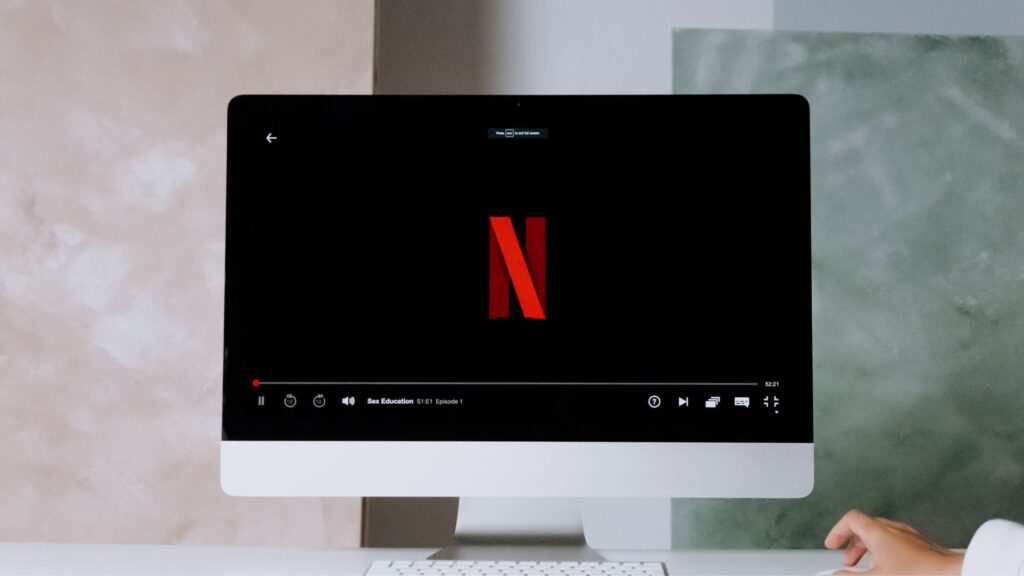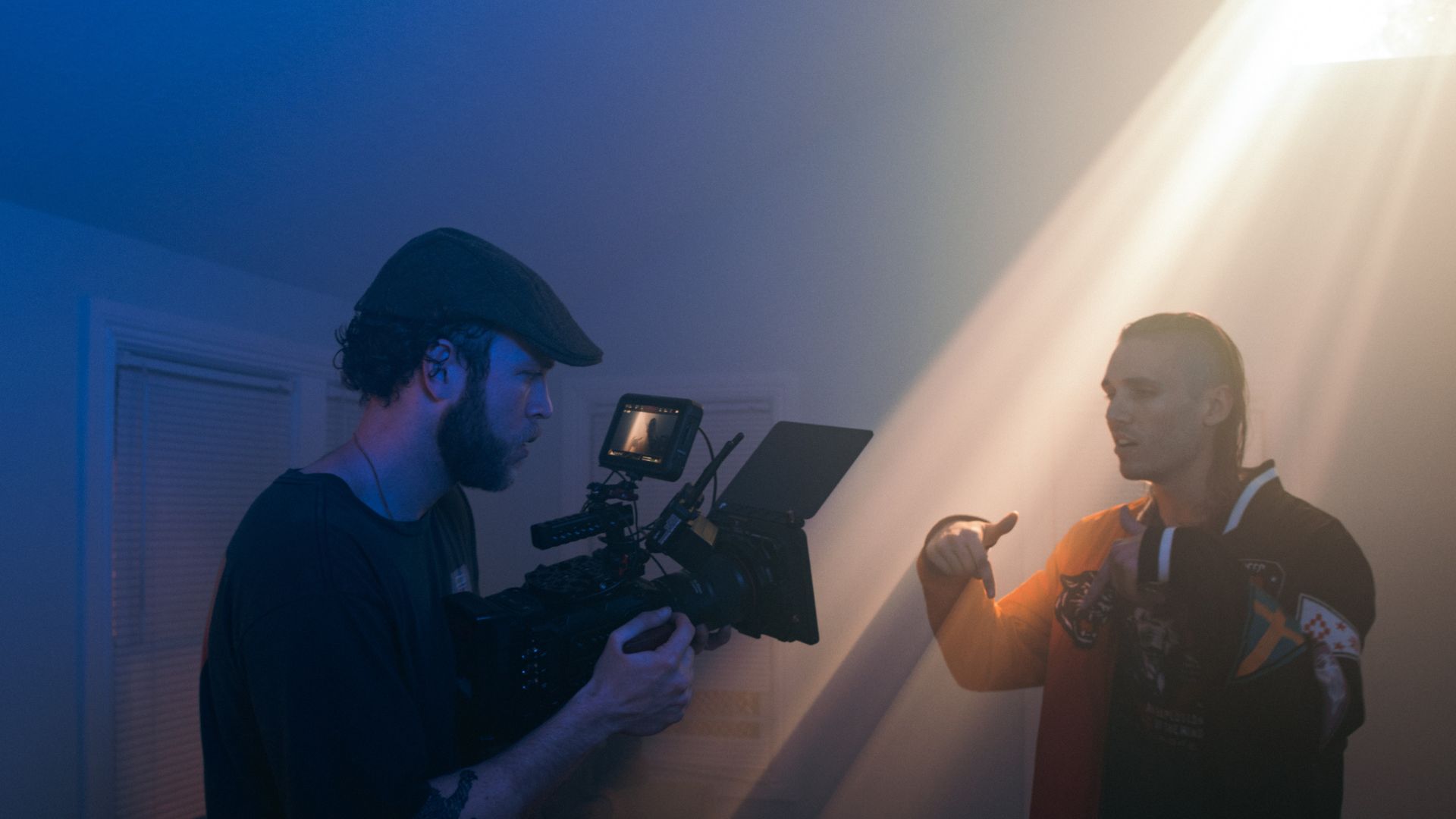The film industry has undergone a massive transformation over the past couple of decades, and one of the key drivers of this change is the rise of streaming services. Platforms like Netflix, Hulu, Amazon Prime, and Disney+ have not only altered the way we watch films but have also revolutionised the entire ecosystem of film production, distribution, and consumption.
In this article, we’ll take a deep dive into how streaming services have disrupted the traditional film industry, reshaped content creation, and changed the way we engage with films and TV shows:
- The decline of traditional cinema
- Impact on film production and content creation
- Changing viewing habits and consumer expectations
- The ongoing evolution of the film industry

The decline of traditional cinema
Before the rise of streaming platforms, the film industry operated largely through a traditional model: movies were released in cinemas, followed by home video sales or rentals, and later made available on cable or broadcast television. This model worked well for decades, but the introduction of streaming services began to disrupt that long-established system.
Streaming services like Netflix, Hulu, and Amazon Prime made it possible for people to watch films and TV shows at any time, from the comfort of their homes, for a fraction of the price of a cinema ticket or a physical DVD rental. This immediate access to an extensive library of content has proven irresistible to many viewers, leading to a decline in cinema attendance. According to various studies, the number of people going to the cinema dropped significantly as streaming services became more popular, especially with the convenience they offer. The introduction of subscription-based models, where users pay a monthly fee for unlimited access to content, further changed the landscape.
Cinema chains, such as AMC and Cineworld, faced significant challenges in trying to adapt to this new reality. The pandemic further accelerated this shift, with theatres forced to close for months, and many films skipping the big screen altogether in favour of direct-to-streaming releases. Big-budget films, such as Disney’s Mulan and Warner Bros’ Wonder Woman 1984, were released straight to streaming, bypassing theatres and altering the traditional release strategy.
Impact on film production and content creation
The impact of streaming services on the film industry extends far beyond just distribution; it has also dramatically changed how movies and TV shows are produced. Streaming platforms have become major players in content creation, with Netflix, Amazon, and Hulu all investing heavily in original programming.
One of the most significant shifts has been the rise of Netflix Originals. In the early 2010s, Netflix transitioned from a platform that simply hosted third-party content to one that produced its own films and series. Hits like House of Cards (2013), Stranger Things (2016), and The Crown (2016) showcased Netflix’s commitment to high-quality, original content, making it a dominant force in entertainment. Other platforms followed suit, with Amazon Prime releasing The Marvelous Mrs. Maisel (2017) and Disney+ bringing The Mandalorian (2019) into the fold.
This shift in production has also had a knock-on effect on the types of films being made. With the rise of streaming services, there’s less pressure to produce films with mass-market appeal designed to attract huge box-office returns. Instead, streaming platforms can afford to take risks with diverse genres, niche audiences, and unique stories. Independent films, which might have struggled to get a wide theatrical release, now have the opportunity to find an audience through these platforms. Filmmakers no longer have to rely on traditional studios to get their projects made; streaming services have opened up new avenues for creativity and fresh voices.
Moreover, streaming platforms have changed the dynamics of TV production, with “binge-worthy” shows becoming the norm. Series are often released all at once, encouraging viewers to watch entire seasons in one sitting. This has altered how shows are written, with more emphasis placed on long-form storytelling and complex character arcs that can span entire seasons. In many ways, streaming has allowed for a level of creative freedom that traditional TV channels couldn’t offer, leading to an explosion of new content in various genres.

Changing viewing habits and consumer expectations
One of the most profound effects of streaming services on the film industry has been the change in viewing habits and consumer expectations. With the ability to watch whatever, whenever, and wherever you want, streaming has given audiences control over how they consume content. Gone are the days of scheduled TV programmes or having to wait for a film to be released on DVD or Blu-ray.
The concept of “on-demand” viewing has become a central feature of the modern viewing experience. Audiences can now watch an entire season of a show in one weekend or revisit their favourite films any time they like. This has also led to a shift in the way people consume media. The traditional model of episodic TV is now often replaced by binge-watching, with viewers consuming entire seasons of shows in one go. This creates a more immersive experience, as viewers can watch episodes without the waiting periods that once broke up the flow of storytelling.
Streaming services have also led to a more personalised experience. With advanced algorithms, platforms like Netflix offer tailored recommendations based on a user’s watching habits, making it easier to discover new content. This customisation has created a more diverse viewing culture, where audiences are exposed to films and shows they might never have considered before. Streaming services also give viewers the ability to watch content across multiple devices—from TVs and laptops to phones and tablets—further emphasising the flexibility and convenience that comes with this new form of media consumption.
Finally, the expectation of instant access to content has had a ripple effect on other industries. The success of streaming has put pressure on traditional broadcast television to adapt, with many TV networks launching their own streaming platforms (such as Disney’s Hulu and NBC’s Peacock). Even film studios are changing the way they approach distribution, with films being released simultaneously in theatres and on streaming platforms in some cases. The rapid pace of content consumption has also led to an increase in production output, as platforms demand a constant flow of new content to keep subscribers engaged.
The ongoing evolution of the film industry
Streaming services have fundamentally changed the way we watch films and TV shows, revolutionising the film industry in ways that were once unimaginable. From disrupting traditional cinema and distribution models to changing how movies and shows are produced and consumed, streaming platforms have reshaped the entire entertainment landscape. While some may argue that the rise of streaming services marks the decline of traditional cinemas, others see it as an opportunity for creativity, diversity, and accessibility in the world of filmmaking.
Let’s recap:
- Platforms like Netflix, Hulu, and Amazon Prime have revolutionised film distribution, offering on-demand access to films and TV shows, leading to a decline in traditional cinema attendance.
- Streaming services have shifted film production dynamics, allowing for more risk-taking and diverse content, with platforms like Netflix producing highly acclaimed originals like Stranger Things and The Crown.
- On-demand streaming has reshaped how audiences consume content, with binge-watching and the ability to watch anytime, anywhere, becoming the norm.
- Advanced algorithms recommend tailored content, offering viewers a more personalised experience and exposing them to a wider variety of films and shows.
- The growth of streaming services is forcing traditional broadcast networks and film studios to adapt, while continuing to push the boundaries of how content is produced, distributed, and consumed.
The evolution of the film industry is ongoing, and as streaming services continue to grow and adapt, we can expect even more changes in how content is produced, distributed, and consumed. With the endless supply of films, TV shows, and original programming at our fingertips, the way we experience cinema will only become more flexible, personal, and exciting in the years to come. Whether it’s watching a blockbuster from the comfort of our sofa or discovering a hidden indie gem, streaming services have forever altered the way we engage with the world of film.







